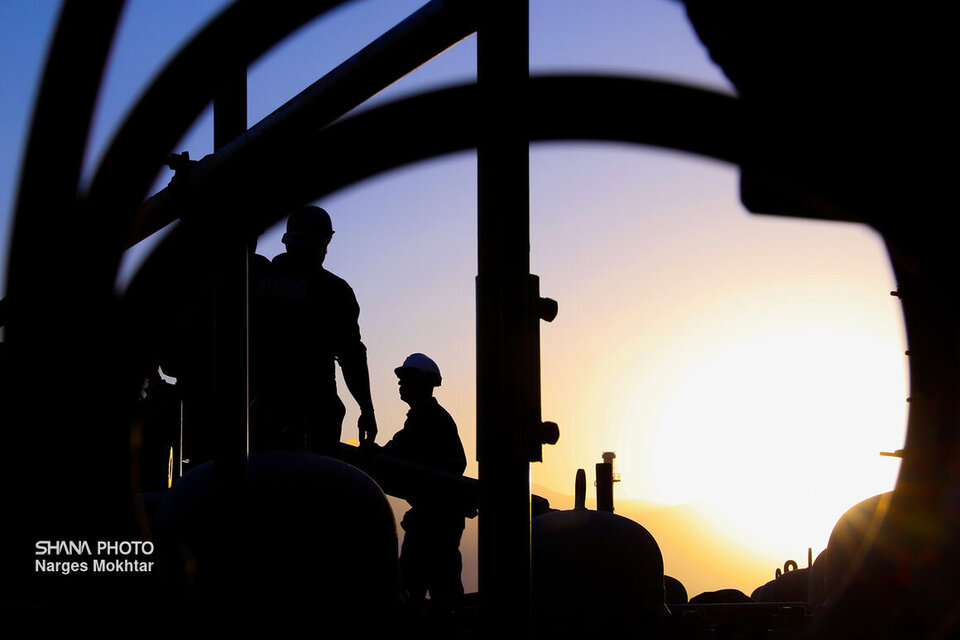The large-scale maintenance program marks one of the most comprehensive overhauls ever conducted in Iran’s refining industry. The project included full refurbishment of all refinery equipment and half of its main processing units — a process that officials described as a “complete reconstruction.”
Mohammad Sepehri-Rad, head of maintenance at the refinery, said in an interview with Shana that the overhaul began with Phase 1 units and later expanded to Phase 2. “All units except the RFCC (residual fluid catalytic cracking) unit have now been fully overhauled,” he said.
According to Sepehri-Rad, this maintenance cycle differed sharply from previous ones. “We essentially rebuilt the units rather than just conducting routine repairs,” he said. “The refurbishment of the RFCC reactor section was carried out for the first time in Iran after 10 years, providing invaluable experience for our teams and domestic manufacturers.”
Cost and Time Savings Through Domestic Expertise
Sepehri-Rad said that maximizing domestic capabilities not only strengthened technical expertise within the company but also reduced costs and repair time. Of the 5,000 personnel involved, 3,000 were Iranian specialists. “Relying heavily on internal capacity allowed us to minimize expenses and shorten the duration of the overhaul,” he said.
He added that one of the most important outcomes was improved unit reliability and a significant reduction in emissions. “These upgrades allow the refinery to operate efficiently for the next four years without concerns about product quality,” he said.
While foreign consultants were involved in some planning aspects, all engineering, fabrication, and execution were carried out domestically. “This project creates a strong foundation for the company’s future initiatives,” Sepehri-Rad said.
Reactor and Regenerator Refurbished for the First Time in Iran
Among the project’s biggest challenges, Sepehri-Rad cited the overhaul of reactor and regenerator sections — a first in Iran. Domestic engineering teams handled much of the work independently. “One of the most demanding stages was safely separating the reactor head, which was completed successfully,” he said.
The TGT (tail gas treatment) unit, which plays a key role in reducing regional emissions, also underwent a major overhaul for the first time in 13 years.
100% of Equipment Overhauled
“This was the most extensive maintenance project in the refinery’s history,” Sepehri-Rad said. “Every piece of equipment underwent repair, and 50% of the refinery’s main units received full-scale maintenance after 10 years.”
The overhaul is expected to raise the refinery’s output by at least 30%. To shorten downtime, the refinery increased work shifts and manpower during the project. “Delays in the overhaul could have affected fuel supply nationwide in 1404,” Sepehri-Rad said.
He noted that the $60 million spent on the overhaul will soon be recouped through higher production and improved efficiency. “Thanks to precise coordination among engineering, procurement, construction, and equipment teams, the project was completed safely and successfully,” he said.


Your Comment